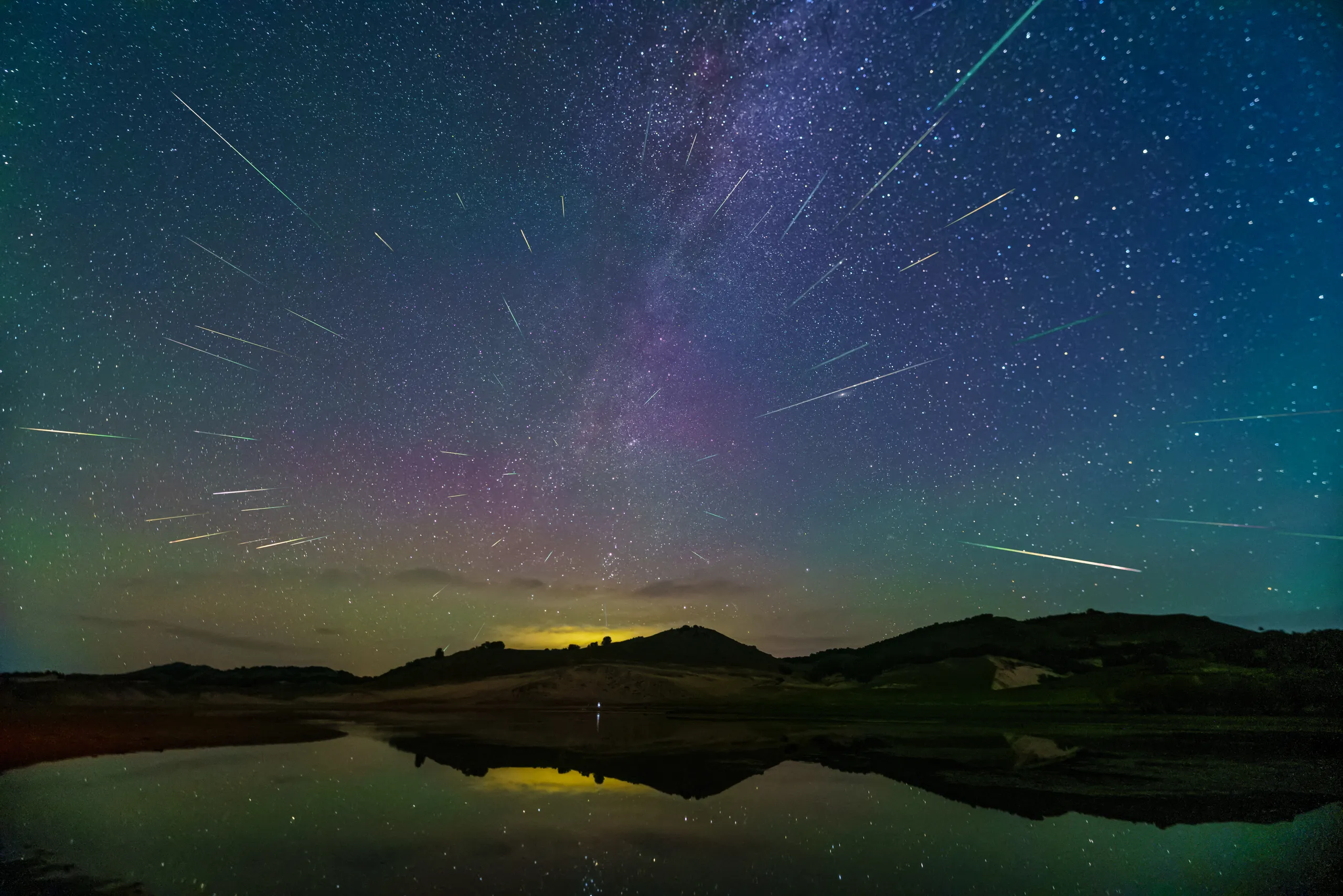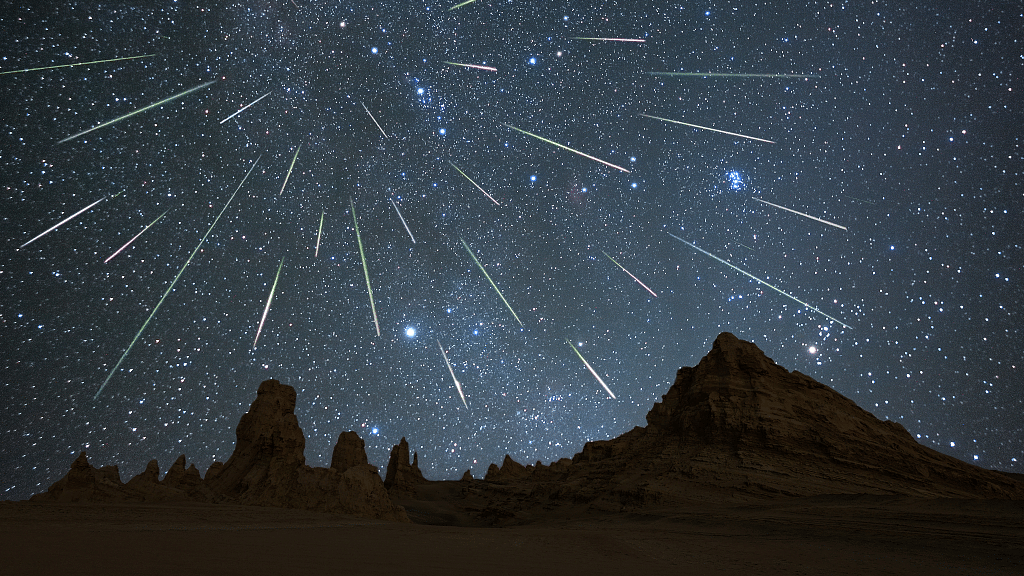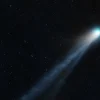The Perseid meteor shower, visible worldwide, is named after the constellation Perseus, where the meteors appear to originate. While the shower typically only produces a few meteors per hour, during its peak, observers may witness over 100 meteors per hour.
These meteors are the result of Earth passing through debris trails left by comets or asteroids, which burn up in the atmosphere and create bright streaks of light. The Perseids, in particular, are caused by debris from the Swift-Tuttle comet.
Dr. Gregory Brown from the Royal Observatory in Greenwich highlights that the Perseids are among the fastest meteor showers, with meteors traveling at speeds of up to 37 miles per second.
Despite their high speed, these meteors are tiny, often the size of grains of sand, and pose no threat to Earth as they burn up in the atmosphere. The light show they produce is purely atmospheric, with no danger of any meteor reaching the ground.
To maximize the chances of seeing the Perseid meteor shower, it is recommended to find a dark location with an unobstructed view of the sky. The darker the surroundings, the better the visibility of meteors.

Dr. Brown suggests lying down or using a deck chair to take in as much of the sky as possible, allowing your eyes to adjust to the dark. With patience and clear skies, viewers should be able to see several meteors during an hour of observation.
In the UK, weather conditions play a significant role in the visibility of the Perseid meteor shower. BBC weather forecaster Billy Payne advises that on Sunday night, clear skies are expected in most of the UK, though cloud cover could increase in the west of Britain and Northern Ireland. The best viewing conditions will likely be in the east of England and East Scotland.
As the meteor shower continues into Monday and Tuesday nights, weather conditions will vary across the UK. Monday night may offer clear skies in the north and west initially, but cloud and rain could obscure the view later.
By Tuesday night, Scotland and Northern Ireland are expected to have clear skies, while the south and east of England may experience rain and cloud with some clear spells. Parts of north and west England, however, may face limited viewing potential due to persistent cloud cover.

